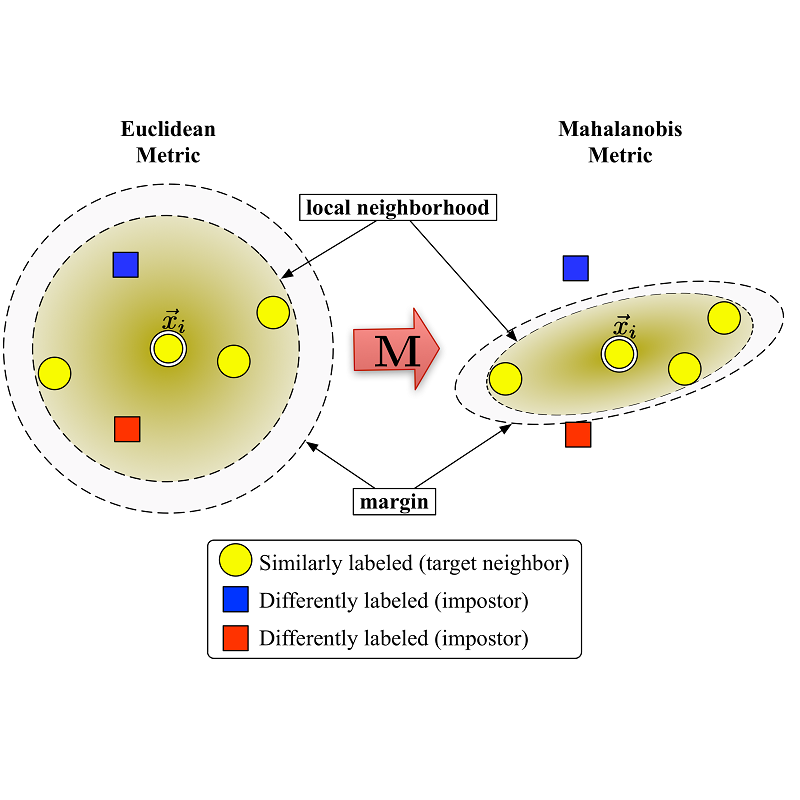The Exa.TrkX project has applied geometric learning concepts such as metric learning and graph neural networks to HEP particle tracking. The Exa.TrkX tracking pipeline clusters detector measurements to form track candidates and filters them. The pipeline, originally developed using the TrackML dataset (a simulation of an LHC-like tracking detector), has been demonstrated on various detectors, including the DUNE LArTPC and the CMS High-Granularity Calorimeter. This paper documents new developments needed to study the physics and computing performance of the Exa.TrkX pipeline on the full TrackML dataset, a first step towards validating the pipeline using ATLAS and CMS data. The pipeline achieves tracking efficiency and purity similar to production tracking algorithms. Crucially for future HEP applications, the pipeline benefits significantly from GPU acceleration, and its computational requirements scale close to linearly with the number of particles in the event.
翻译:Exa.TrkX项目对HEP粒子跟踪应用了计量学习和图形神经网络等几何学习概念; Exa.TrkX跟踪管道集群检测测量结果,以形成跟踪候选者并过滤它们; 最初利用轨道ML数据集(模拟类似LHC的跟踪检测结果)开发的管道已在各种探测器上演示,包括DUNE LARTPC和CMS高光度卡拉里仪; 本文记录了研究全轨ML数据集中Exa.TrkX管道的物理和计算性能所需的新进展,这是利用ATLAS和CMS数据验证管道的第一步; 管道实现了与生产跟踪算法类似的跟踪效率和纯度; 对于未来HEP应用而言,管道从GPU加速中大大受益,其计算要求与事件粒子数量接近线性。



